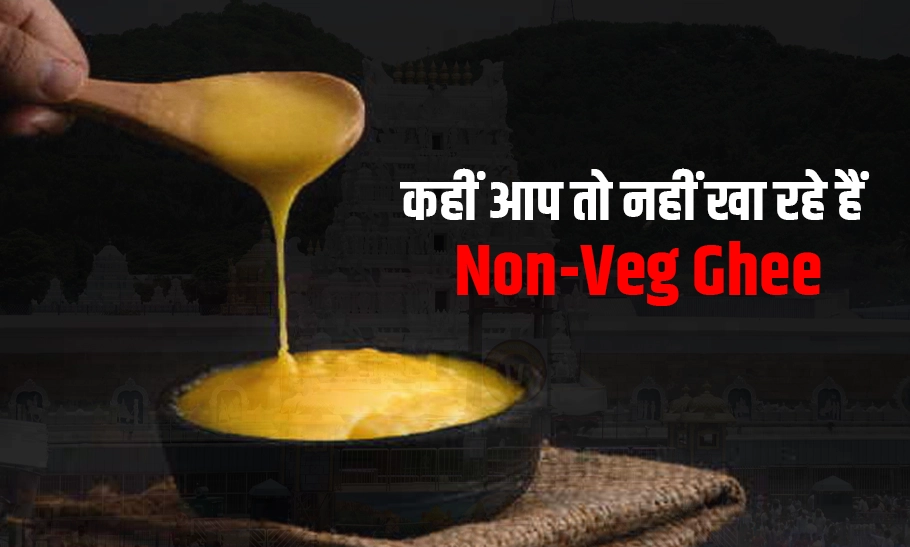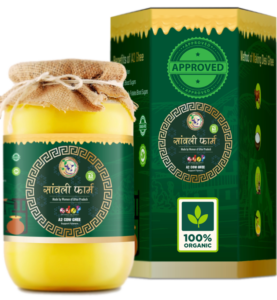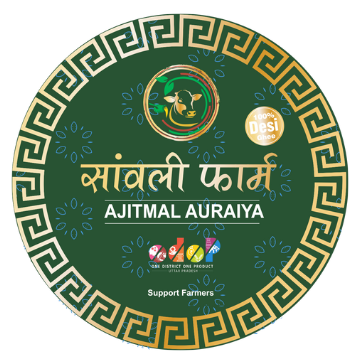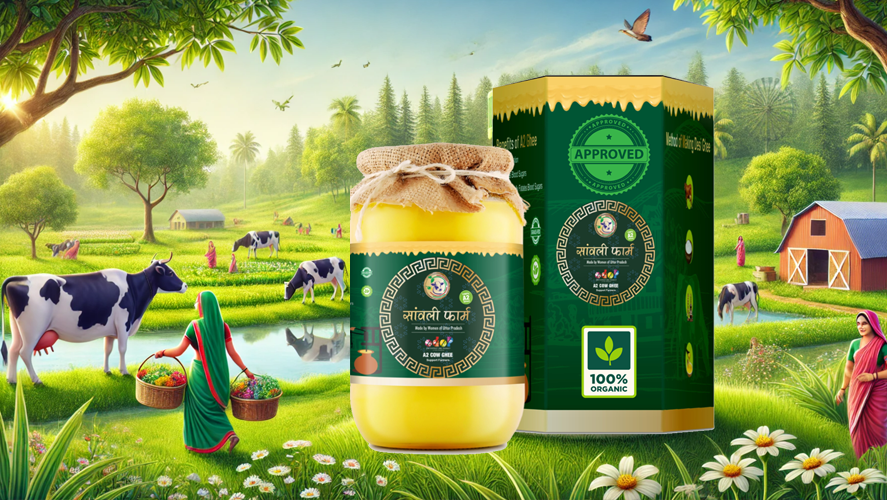
We Giving You Some Home Method By You Can Check is Your a2ghee Adulteration Free
A simple home test using sodium chloride (common table salt) can help you check if ghee is pure or adulterated. Here’s how to conduct the test:
Materials Needed:
- A small amount of ghee (1-2 teaspoons)
- 1 teaspoon of sodium chloride (table salt)
- A clear glass of water
- Heat source (stove or lighter)
Steps:
- Heat the Ghee: Take a small amount of ghee (1-2 teaspoons) and heat it in a pan on low heat until it melts completely into liquid form. Allow it to cool slightly.
- Prepare Salt Solution: Dissolve 1 teaspoon of sodium chloride (table salt) in a clear glass of water, stirring thoroughly until the salt dissolves completely.
- Add Ghee to Salt Solution: Once the ghee has cooled slightly, add a few drops of the melted ghee into the saltwater solution.
- Observe the Reaction:
- If the ghee is pure: The ghee will float on the surface of the saltwater solution and not form any noticeable layers.
- If the ghee is adulterated (especially with vegetable oils or animal fats): It may form a distinct layer or separate out in the water, sinking to the bottom or spreading out unevenly, showing signs of impurity.
This simple saltwater test helps detect the presence of impurities like starch or other adulterants in the ghee. However, for more accurate results, laboratory testing may be required.




